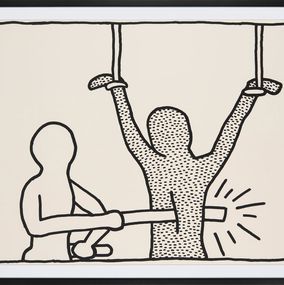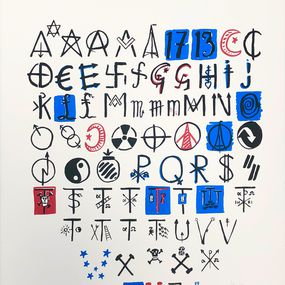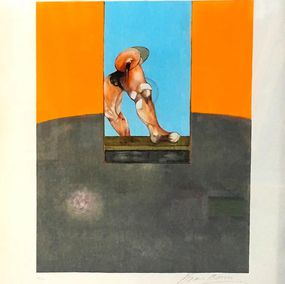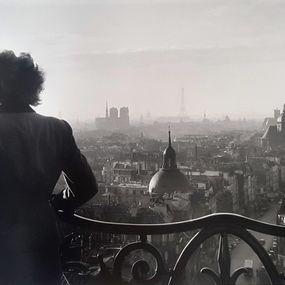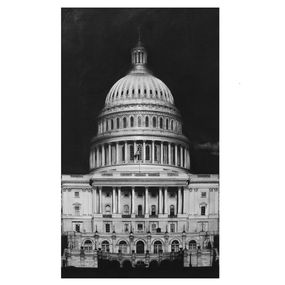
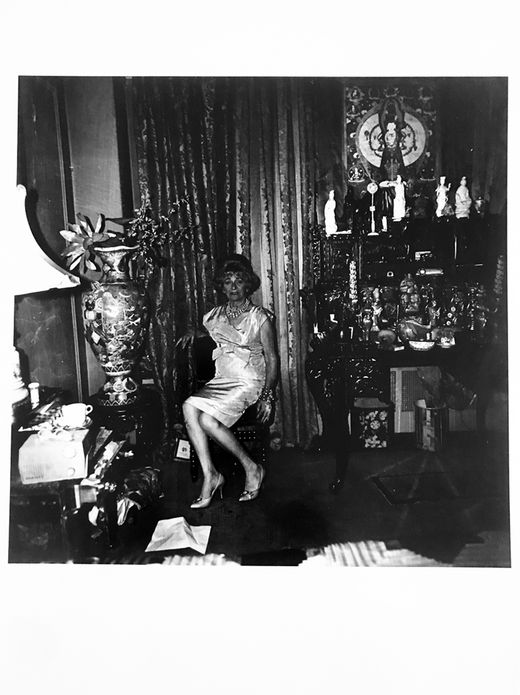
My favourite thing is to go where I've never been.
Biography
Diane Arbus was born in 1923, in New York City. She and her husband were both practicing photographers, but her early images date back from the early 1960s when the pair had been separated.
While taking a photography course, Arbus had met Richard Avedon and Lisette Model. She adopted the 6 x 6 format and worked exclusively in black and white. Arbus's work can be compared with Walker Evans, both interested in documentary urban photographs.
In her work, Diane Arbus investigates society. One of her first series, "American Rites, Manners, and Customs", constitutes a study on the rituals and habits of American people, featuring the portraits of several strangers. Arbus spent a lot of her time in New York taking portraits of strangers. Fascinated by outsiders, she frequently photographed marginalized people. Arbus's photography included unpopular, rejected social topics. Her subjects were often the mentally handicapped, transsexuals, dwarves, twins, transvestites, anyone the general public considered to be different.
Arbus wanted to make a more inclusive society by highlighting what has typically been hidden and discriminated against. Through her work, she hoped to make social outsiders feel more accepted. Arbus became obsessed with exposing these injustices and would tirelessly search for the unconventional, to prove its normalcy.
Diane Arbus had hepatitis and committed suicide on July 26, 1971, leaving behind veritable contemporary anthropology, which has marked the universe of photography.
Nationality
Categories
Artistic movements
Themes






